The lion is the second-largest wild cat after the tiger. It is a symbol of power, strength, and courage. Most wild lions live in Africa, but a small population of Asiatic lions lives in India.
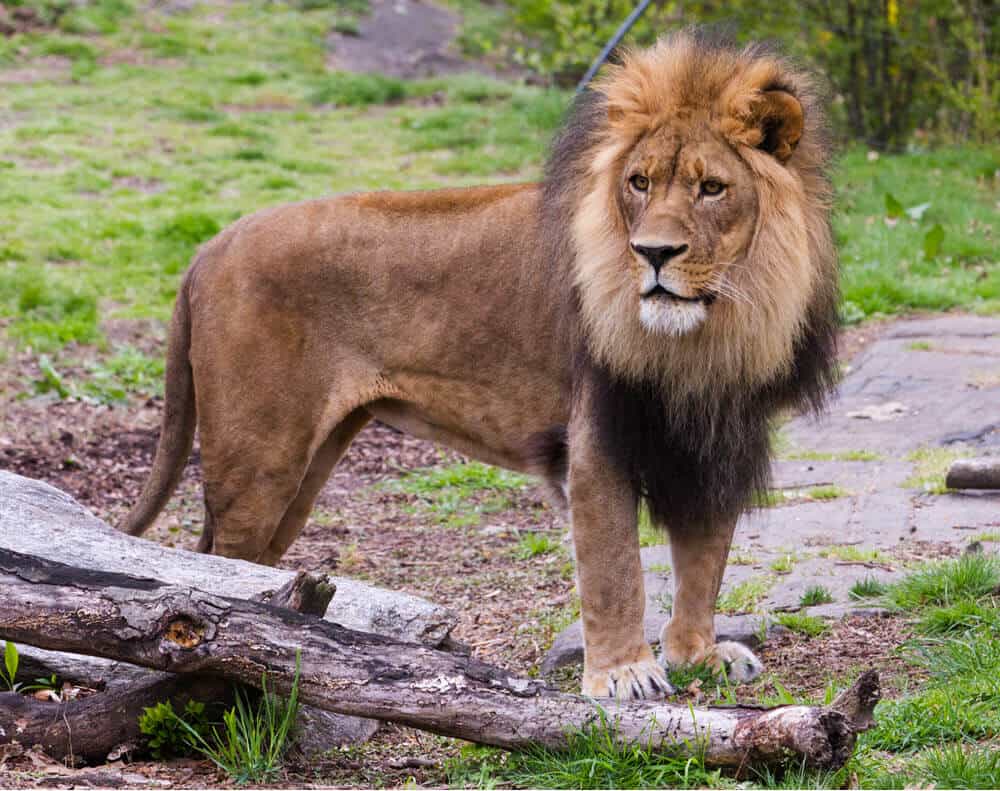
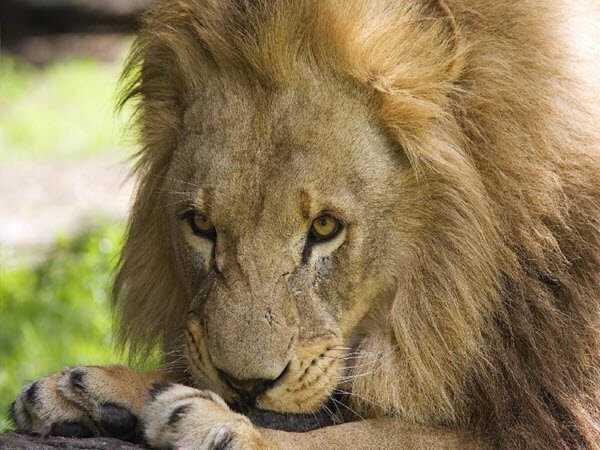
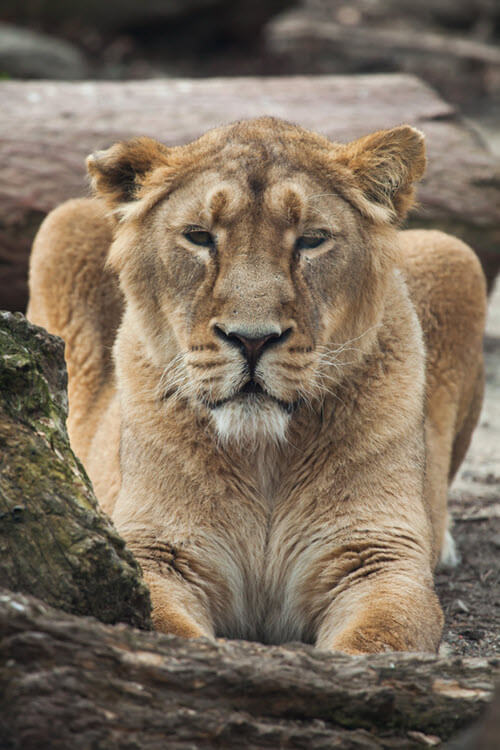
Scientific Name: Panthera leo
Conservation Status: Vulnerable
Subspecies:
For a long time, it was believed that there were several lion subspecies. As of 2017, only two subspecies are now recognized:
- Panthera leo leo – includes lion populations in West Africa and northern parts of Central Africa. Also the Asiatic lion, and others previously listed as subspecies: the West African lion (Panthera l. senegalensis), Panther l. kamptzi and Panther l. azandica.
- Panthera leo melanochaita – includes lion populations in Southern Africa and East Africa and the extinct Cape lion.
Population: The total population of wild lions is estimated at less than 25,000.
Lineage: The lion is a member of the Panthera lineage,, along with the jaguar, tiger, leopard and snow leopard. There are two genera in this lineage: Panthera and Neofelis.
Meaning of the name: The origin of the word “lion” is unclear. It is generally believed that the English word lion comes from Latin “leonem” and Greek “leon.” Simba is the name for lion in Swhaili, the langauar of the Swahili people who are found mostly in Kenya, Tanzania and Mozambique.
Interesting Facts about Wild Lions
- Lions are the second biggest wild cat.
- Males have a brown mane.
- Lions rest up to 20 hours a day.
- Most of the lion’s prey is killed near water like rivers.
- The lion is one of the most well-known animals on the planet.
- Lions live in groups (prides) of 10 to 15 lions.
- The roar of a male lion can be heard up to five miles away.
- Females do most of the hunting, while males defend their territory.
- Lions cubs are born with spots.
- They tear up their food and swallow it, instead of chewing it.
More about Lions in the Wild
Origin and history
Today, most of the world’s lion population lives in Africa, but 50,000 years ago, they were prevalent in the Middle East, Southern and Central Europe, and India, not to mention north and east through Asia as far away as Siberia.
Most likely, the cats went north out of Africa into Europe and Asia, eventually crossing the Bering land bridge into Alaska and down through North America to Mexico. They were an integral part of the planet’s ecosystems, occupying more territory than any other mammal in history, second only to that of Man himself, whose subsequent flourishing contributed to the loss of habitat and diminished range of the lion, right on up to the present day.
The Cave Lion
A molecular study of ancient fossils suggests the Panthera species could have begun as long ago as 2 to 3 million years, but the clearest and most abundant fossilized evidence dates from Europe, Siberia, and Alaska about 500,000 years ago, where the enormous Cave Lion (Panthera leo fossilis) roamed. The Cave Lion is a quarter larger than today’s lions and had a territory of immense proportions. Since then, it evolved into what is known as the true Cave Lion (Panthera leo spelaea), which, during the last 60,000 years, became extinct, probably due to a combination of climate change and over-hunting by humans.
The American Lion
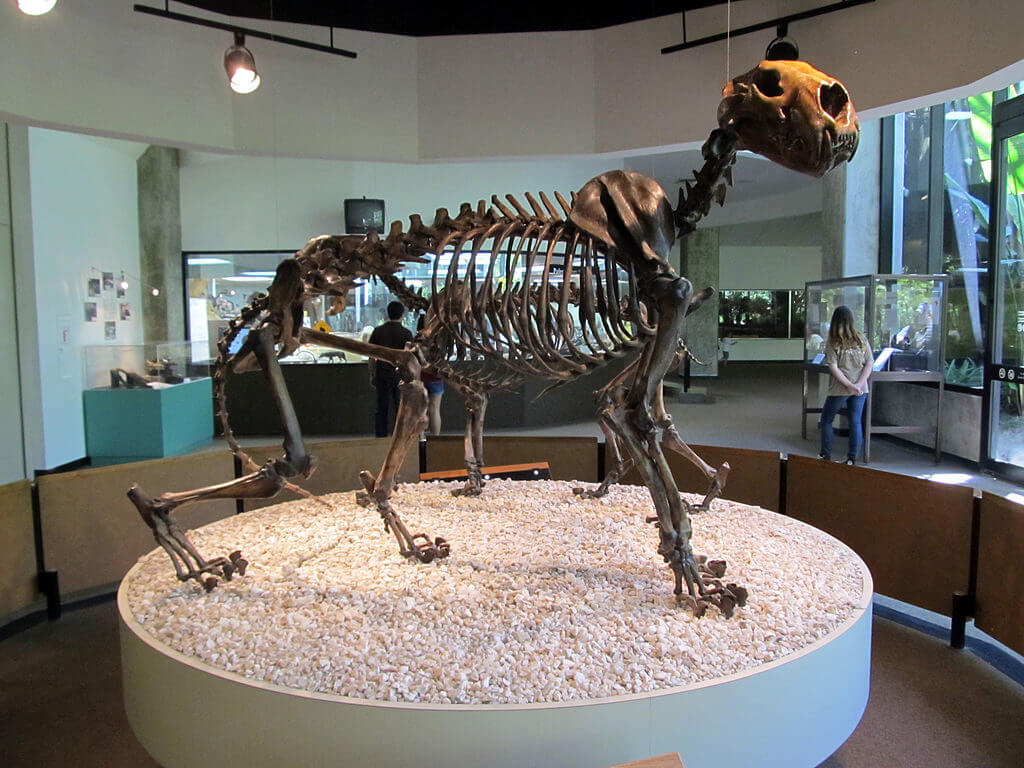 The American lion (Panthera leo atrox) lived in Central America and halfway down the South American continent. It is thought to be the largest lion to have ever lived, standing five feet tall and measuring 11½ feet from nose to tail. It weighed about 700 to 800 pounds. This big cat’s brain-to-body size was larger than that of any known modern cat.
The American lion (Panthera leo atrox) lived in Central America and halfway down the South American continent. It is thought to be the largest lion to have ever lived, standing five feet tall and measuring 11½ feet from nose to tail. It weighed about 700 to 800 pounds. This big cat’s brain-to-body size was larger than that of any known modern cat.
The American lion was stronger and probably faster than any other cat and, in its time, was a competing predator with saber-tooth cats. It could bite twice as strong as today’s lion. More than 100 American lions have been found at the La Brea Tar Pits in Los Angeles, CA.
About 13,000 years ago, however, it went extinct, most likely following the extinction of its prey.
Physical Appearance
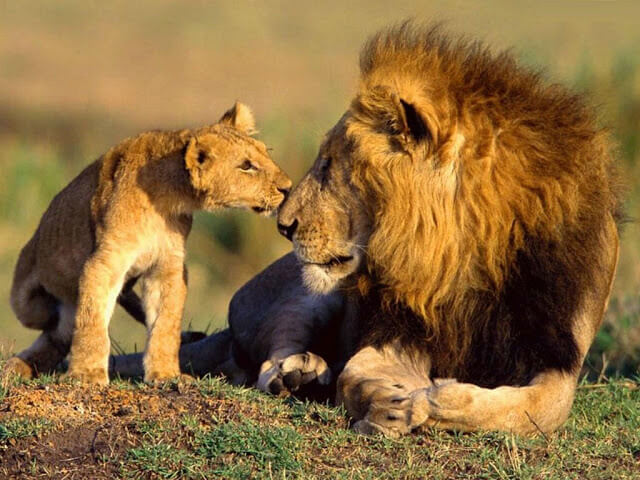
Lions have big chests and fur ranging from light beige to reddish and dark brown. Some lions also have a grey-looking coat. Males are bigger than females, with broader heads and a mane. They can grow up to 82 inches in length, with a tail as long as 37 inches, and weigh between 370 to over 400 lbs. A female’s head and body length is 63 to 72 inches, with a tail up to 35 inches long. Females weigh from 200 to 300 lbs.
Location and Habitat
Lions typically inhabit savannah and grassland but can also live in bush (shrublands), forests, and deserts, usually up to 13,800 feet elevation.
One hundred thousand lions lived in the wild 25 years ago, but human encroachment and conflict have since reduced that number to 23,000
African lions are found from the Sahara’s southern edge to northern South Africa, where they typically inhabat open plains, thick brush and dry forests.
A small population of lions (less than 400) can be found in West Africa.
The Asiatic lion lives in the Gir Forest of northwest India.
Countries where the wild lion can still be found: Benin, Botswana, Burkina Faso, Cameroon, Central African Republic, Chad, Congo, Ethiopia, Kenya, Mozambique, Namibia, Niger, Nigeria, Senegal, Somalia, South Africa, South Sudan, Sudan, Tanzania, Uganda, Zambia, Zimbabwe and possibly Gabon.
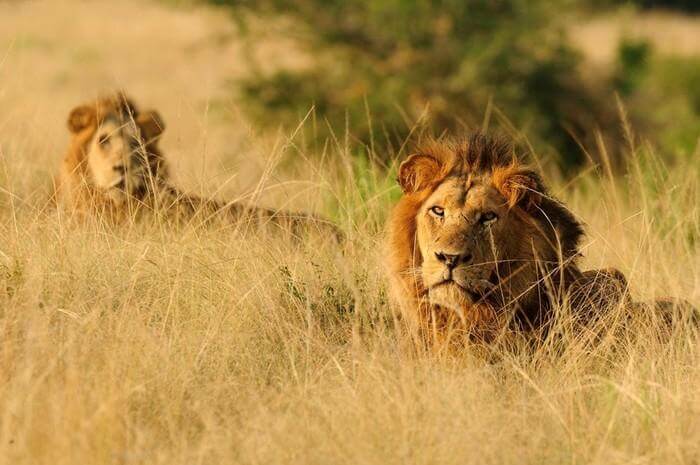
Lion Behavior
Hunting and Prey
Lions are carnivores, which means they eat meat. They live in groups called prides, and they often work together to hunt.
Lions mostly hunt at night or in the early morning when it’s cooler and darker. That helps them sneak up on their prey without being seen.
Even though lions are strong and fast, they aren’t great at long chases. So they use teamwork and stealth (sneaking quietly) to get close to their prey before attacking.
Lions usually go after large animals that live on the grasslands. Some of their favorite prey include:
- Zebras
- Wildebeest
- Buffalo
- Antelope
- Warthogs
Sometimes, if food is hard to find, they might also eat smaller animals, steal food from other predators, or even scavenge (eat animals that are already dead).
The female lions (lionesses) do most of the hunting. They are smaller and faster than males, so they can chase prey more easily. The male lions help protect the pride and will join in if the prey is very large or hard to take down.
After a successful hunt, the lions will eat together. The male lions usually eat first, followed by the lionesses and then the cubs.
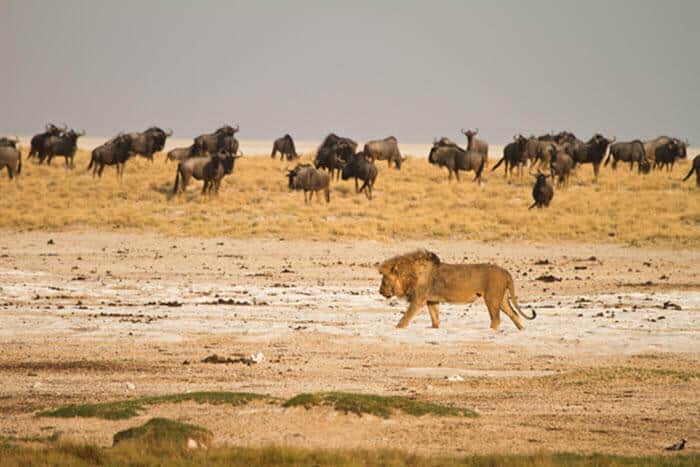
Mating and Reproduction
The female lion’s gestation period (pregnancy) is a little over 100 days. Lionesses will usually have one to four cubs, which they keep in a den (a secluded area).
Cubs are born blind and weigh between 2 and 5 lbs at birth. Their eyes will open about a week after birth. The lioness will keep moving the location of her den to prevent her cubs from being attacked by other predators.
After several weeks, both the lioness and her cubs will rejoin the pride.
Lions live in the wild to about 12 years of age, although lions in captivity live almost twice that long. In the wild, rivalries amongst males are so frequent that the constant fighting lowers their lifespan by nearly fifty percent.
Stages of Lion Growth
| Stage | Age Range | Key Features |
|---|---|---|
| Newborn Cub | 0–2 weeks | Eyes closed, can’t walk, stays hidden in a den |
| Young Cub | 2 weeks – 3 months | Eyes open, starts walking, nursing from mother |
| Older Cub | 3–12 months | Learns to hunt by watching, starts eating meat |
| Subadult | 1–3 years | Practices hunting, males may leave the pride |
| Adult | 3+ years | Fully grown, hunts regularly, may lead or join a pride |

Lion Families
Most big cats live solitary lives but not so the lion. They are unusually social and live in groups called “prides.” A pride consists of related females and offspring and a small number of adult males.
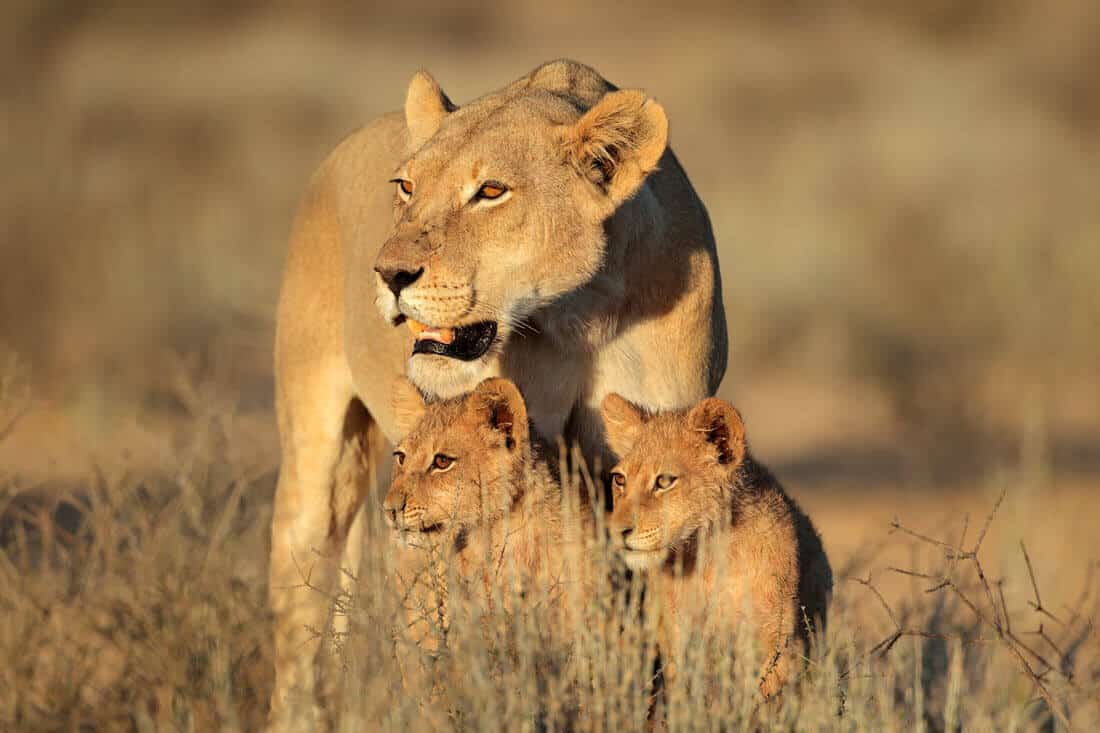
Lion Coalitions
Male lions will occassionally form coalitions. A coalition is a group of 2 to 4 males (or larger) who come together and compete with other male lions for female lions. The coaltions are usually made up of brothers or cousins, but are sometimes joined by unrelated males.
Communication
Lion sounds include roaring, snarling, hissing, coughing, woofing, and miaowling. They also head rub and lick members of their pride.
Lions in the Wild – Conservation Overview
Lions once roamed in large numbers throughout Africa. Even 50 years ago, more than 200,000 lions lived in the wild; today, their numbers have been drastically reduced. Like most wild cats, lion populations are rapidly downtrending due to habitat loss, illegal trade, poaching, hunting, retaliation, killing, and loss of prey.
Many areas where lions once roamed have become farm or cattle lands. They are losing their habitat and becoming sick from diseases (canine distemper virus, bovine tuberculosis, and Feline Immunodeficiency Virus) that impact their immune system and reproduction ability.
Several African countries prohibit lion hunting, but trophy hunting is still permitted in Burkina Faso, Cameroon, CAR, Mozambique, South Africa, Nambia, Benin, Tanzania, Zimbabwe, and Zambia. Hundreds of lion “trophies” continue to be exported each year.
Overview of Lions in Culture
Lions have been part of human culture for thousands of years, earning their place as a powerful symbol.
In many ancient societies, people lions representated strength, ourage, and power. For example, in Ancient Egypt, lions were linked to the sun god Ra because of their golden fur and fierce nature, and also to gods like Sekhmet, embodying both protection and ferocity.
Pharaohs, the rulers of Egypt, often used lion images on their thrones or in art to show they were just as strong and mighty as these big cats.
Even today, we see lions in statues and carvings from that time, reminding us how important they were.
Folktales portray lions as both fearsome and fair, teaching lessons about balance and respect for nature.
In East African Maasai traditions, young warriors once proved their bravery by facing lions, a rite that showcased their courage.
In Asian cultures, lion statues guard temples in China and Japan, symbolizing protection and good fortune.
In Europe, coats of arms, like those of England’s monarchy, feature lions to show bravery and nobility.
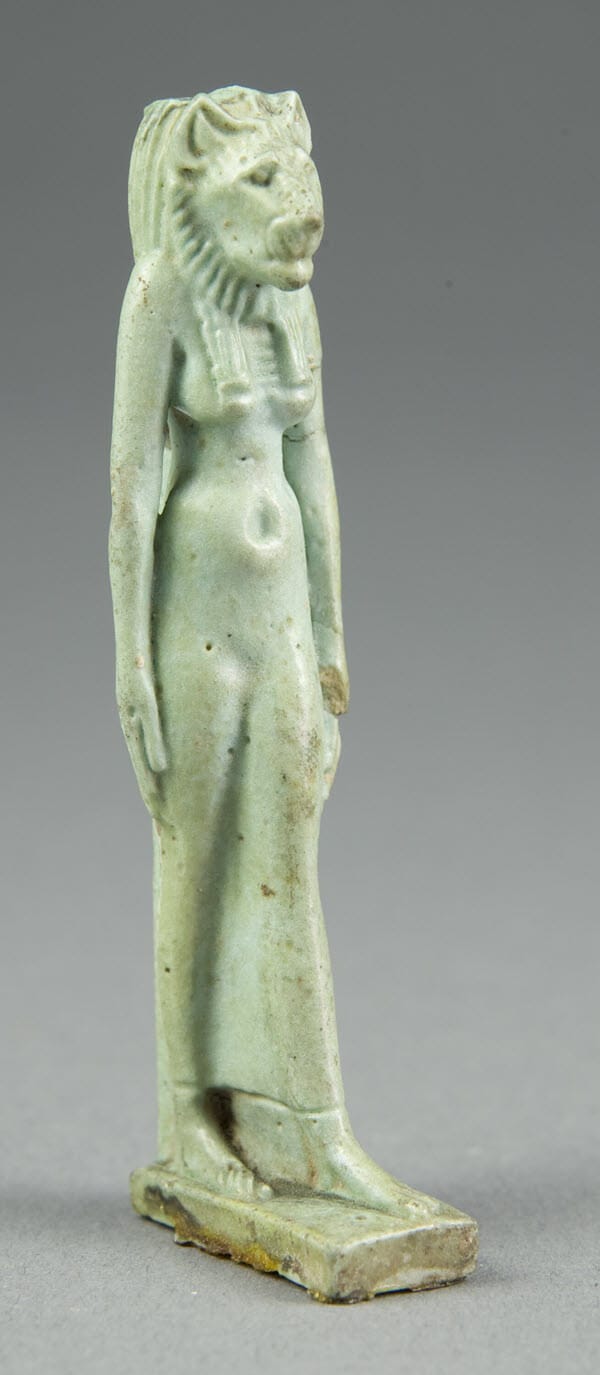
Lion Research Quotes
- “The most preferred weight of lion prey is 350 kg (771 lbs.). The mean mass of significantly preferred prey species is 290 kg (639 lbs.) and of all preferred species is 201 kg (443 lbs.). Gemsbok, buffalo, wildebeest, giraffe and zebra are significantly preferred. Species outside the preferred weight range are generally avoided.” 2006 Prey preferences of the lion (Panthera leo)
- “We found that lions exhibit substantial differences in habitat selection with respect to humans based on behavioral state and time of day. During the day, when risk of human encounter is highest, lions avoided areas of high human use when resting, meandering, and feeding. However, lions specifically selected for habitat near people when feeding at night.” 2019 Behavior-specific habitat selection by African lions may promote their persistence in a human-dominated landscape
- Large carnivores are generally declining worldwide… The African lion (Panthera leo) exemplifies the challenges of carnivore conservation: widespread habitat loss (4), extensive prey base depletion (5–7), indiscriminate retaliatory or preemptive killing to protect humans and their livestock (8–10), poorly regulated sport hunting (11–18), and demand for traditional African and Chinese medicines (19). Although lions are relatively well-studied compared with most large felids, regional-scale population estimates remain scant across much of its range (20)…No reliable data are available for Angola, Central African Republic, Somalia, South Sudan, and Ethiopia. Furthermore, systematic surveys are absent from large areas of potential lion habitat in countries with a rich tradition of wildlife research, such as Zambia and Tanzania.” – Lion (Panthera leo) populations are declining rapidly across Africa, except in intensively managed areas (2015) H. Bauer, et al.

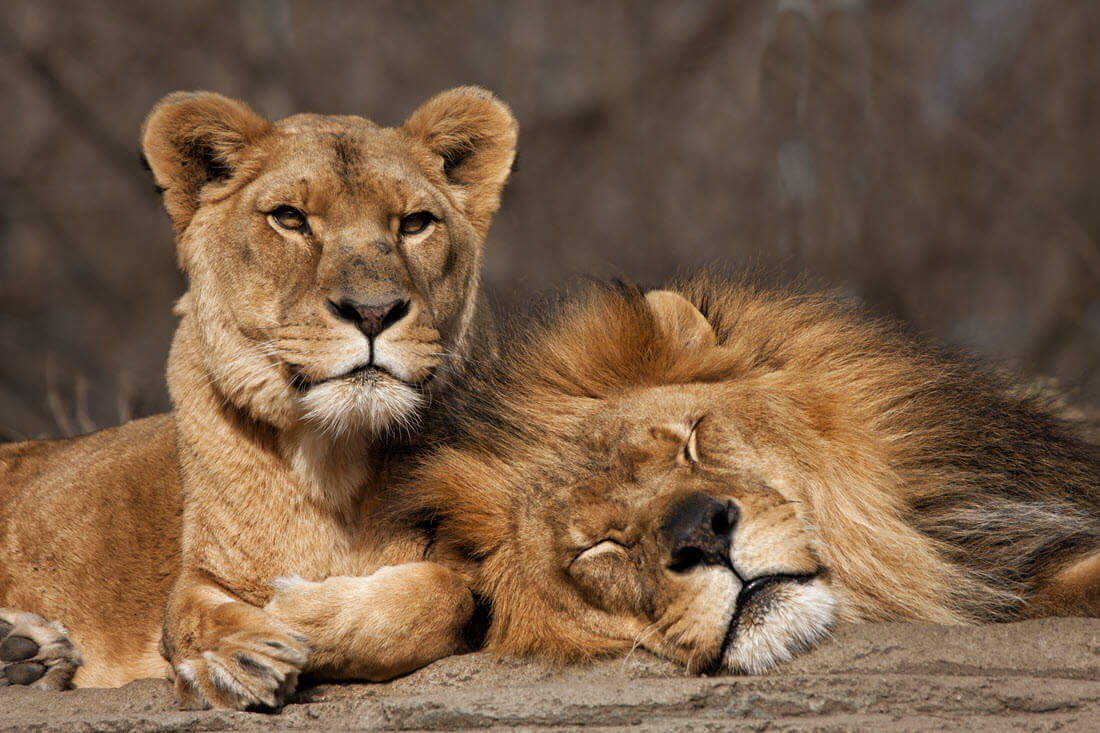
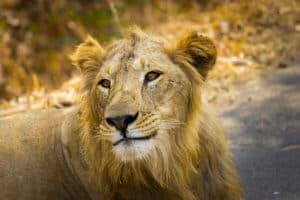
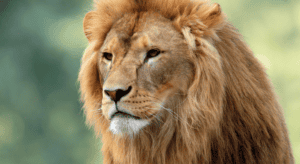
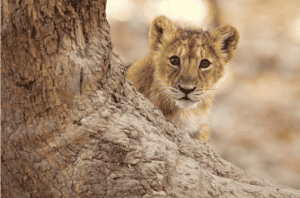
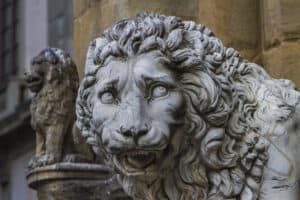
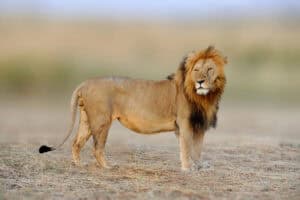

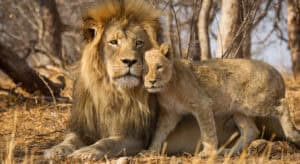
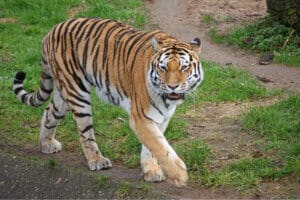
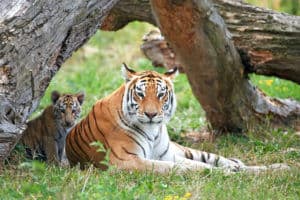
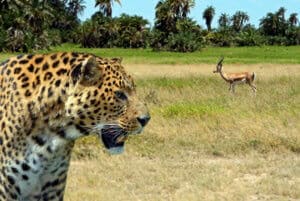

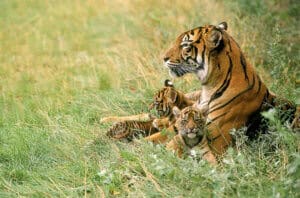
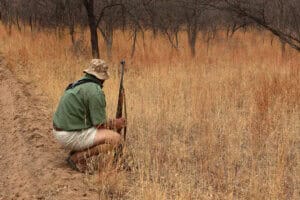
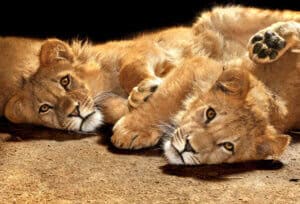
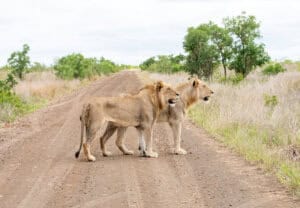



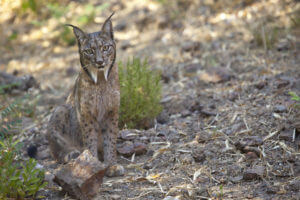
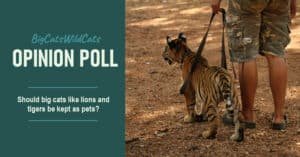
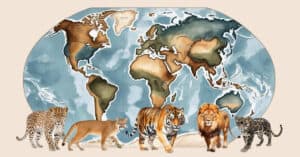
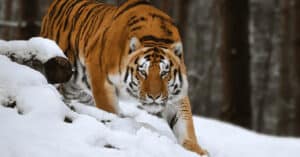
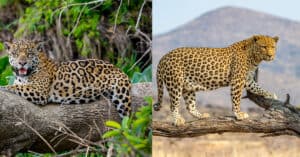
Whoever is seeing this, please spend some time looking up lions murdered by humans in Masai Mara, Kenya. More and more lions are killed in Human Wildlife Conflicts and trophy hunting. We lost so many just 2 months into 2024. You can look up #JusticeforOlobor on social media like Instagram, Facebook, and X. Please speak up for them because if we don’t, no one will. No official media is covering this. It’s up to us people.
We need to do more to save our big and small cat populations! It would be so sad to see a lot of these beautiful animals go extinct.
love it with the facts
I like lion so much a lot more
Hi Andy, We agree! Spreading the word is important…
Best,
D.R.
I think there should be more shows like Big Cat Diary and conservation efforts like in the show Lion Country. I think these ideas would spread the word, especially to young kids that watch Animal Planet before and after school. I think this would be a good for the up incoming youth. (: